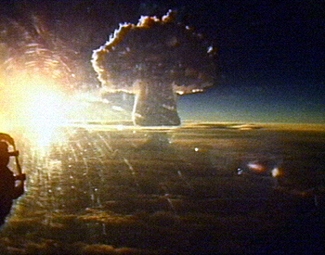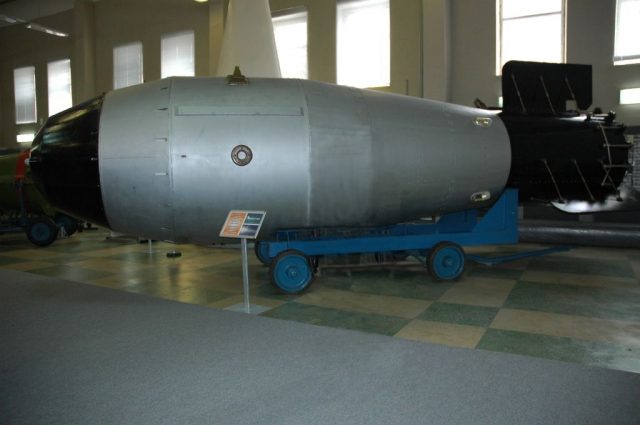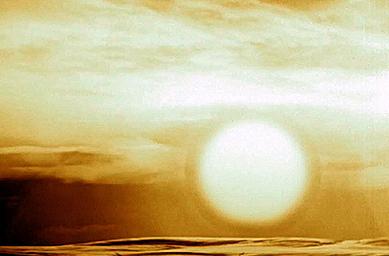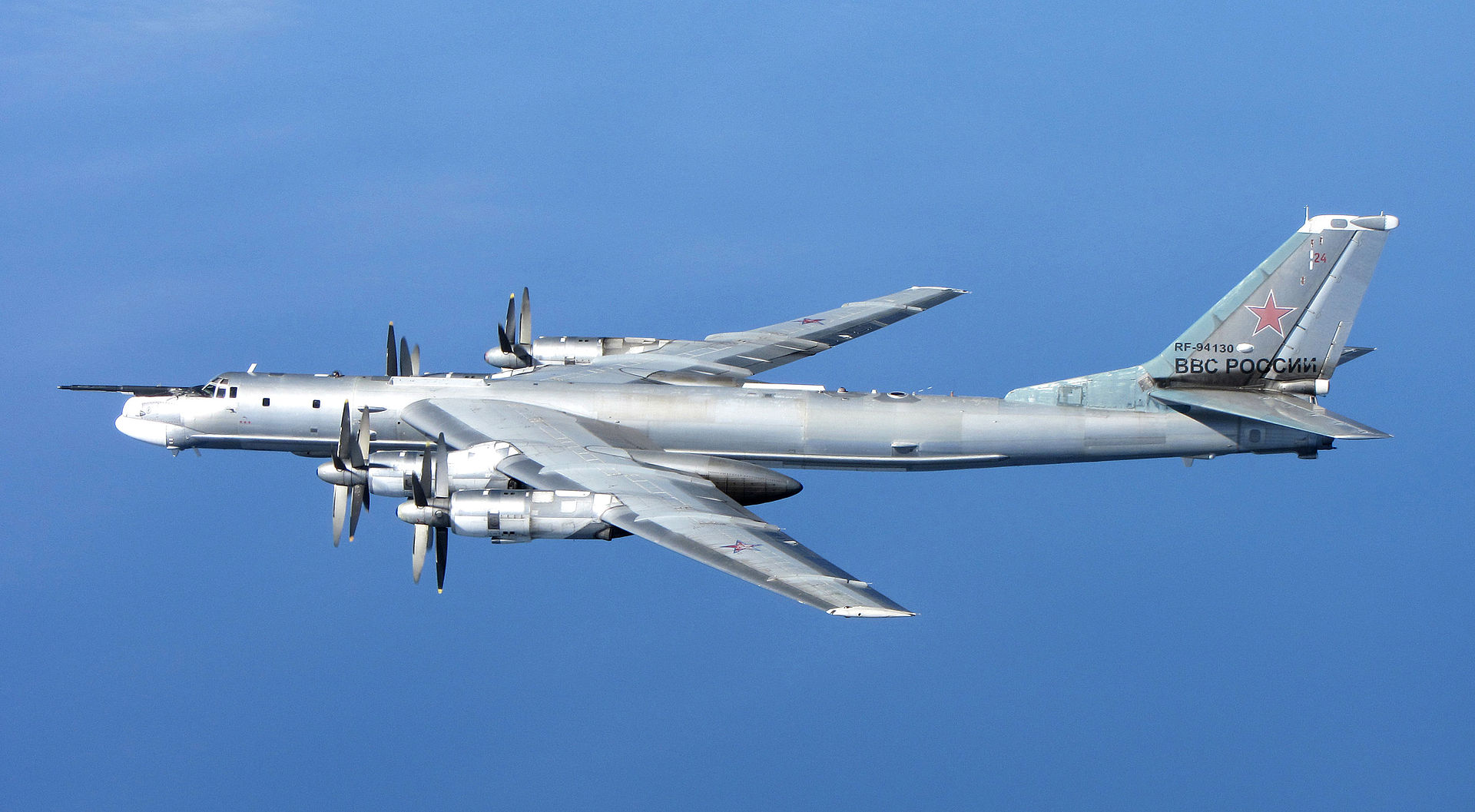In October 1961, the Soviet Union detonated the Tsar Bomb, the largest nuclear bomb in history over the Novaya Zemlya islands in the Arctic Ocean, flattening them to look like a skating rink. The devastation caused by this colossal device was recorded, and the footage has recently been declassified by Russian authorities.
Almost 60 years after the massive explosion, Russia’s state atomic agency, Rosatom State Atomic Energy Corporation, released 40 minutes of previously classified footage. The footage documents the manufacture and detonation of this massive device.

The bomb was commissioned in July 1961 by President Nikita Khrushchev of the Soviet Union. Khrushchev wanted scientists to build a 100-megaton nuclear bomb, but engineers reduced the payload by half to 50-megatons, equivalent to 50 million tons of TNT being detonated at the same time.
Even though the payload was cut in half, the resulting explosion was so massive that scientists the world over were stunned by the ferocity of the subsequent explosion. No device since then has had anywhere near the destructive power of this bomb.
https://www.youtube.com/watch?v=nbC7BxXtOlo&feature=emb_title
The RDS-220, nicknamed the Tsar Bomba, was dropped from the air over the islands. The device weighed 27 tons and was the length of a double-decker bus. After being dropped from the bomber, the device parachuted toward earth, while the plane cleared the area.
The device exploded almost 4 kilometers (2.5 miles) above the earth. The mushroom cloud spiraled skywards and reached the edge of space, while the pressure wave from the explosion knocked the bomber that dropped the device out of the sky. The plane dropped over 900 meters (3,000 feet) before the pilot managed to wrestle the controls and regain control of the aircraft.

The islands were flattened, resembling a skating rink when the dust cleared, and the flash was seen by onlookers 965 kilometers (600 miles) away. The heat from the explosion was felt over an area of 250 kilometers (160 miles) from the epicenter of the blast.
Tsar Bomba was many thousands of times more powerful than the bombs dropped over Nagasaki and Hiroshima by the Americans at the end of World War II and also dwarfed the size of Castle Bravo, the most powerful bomb tested by the United States. Castle Bravo has a yield of 15 megatons.

One thing to be thankful for was that there were no human casualties recorded due to the detonation of Tsar Bomba.
No atomic weapon tested subsequently ever came close to the power of Tsar Bomb. In 1963 the Union of Soviet Socialist Republics (USSR), the United Kingdom, and the United States signed the Limited Nuclear Test Ban Treaty, which prohibited the testing of airborne nuclear weapons.
This limitation on airborne nuclear tests did not stop the testing of atomic weapons underground, nor did it prevent nuclear weapons’ stockpiling by the world’s superpowers.
It does not only take aerial bombs to damage the earth, as, in 2018, North Korea collapsed an entire mountain over a nuclear test facility after testing a nuclear device underground.
Another Article From Us: Loved by the Nation WWII Vet Elizabeth Barker Johnson dies at 100
The world does not need this type of devastating device, and the release of this footage is a stark reminder of the devastation that can be caused by the detonation of just one nuclear bomb.
